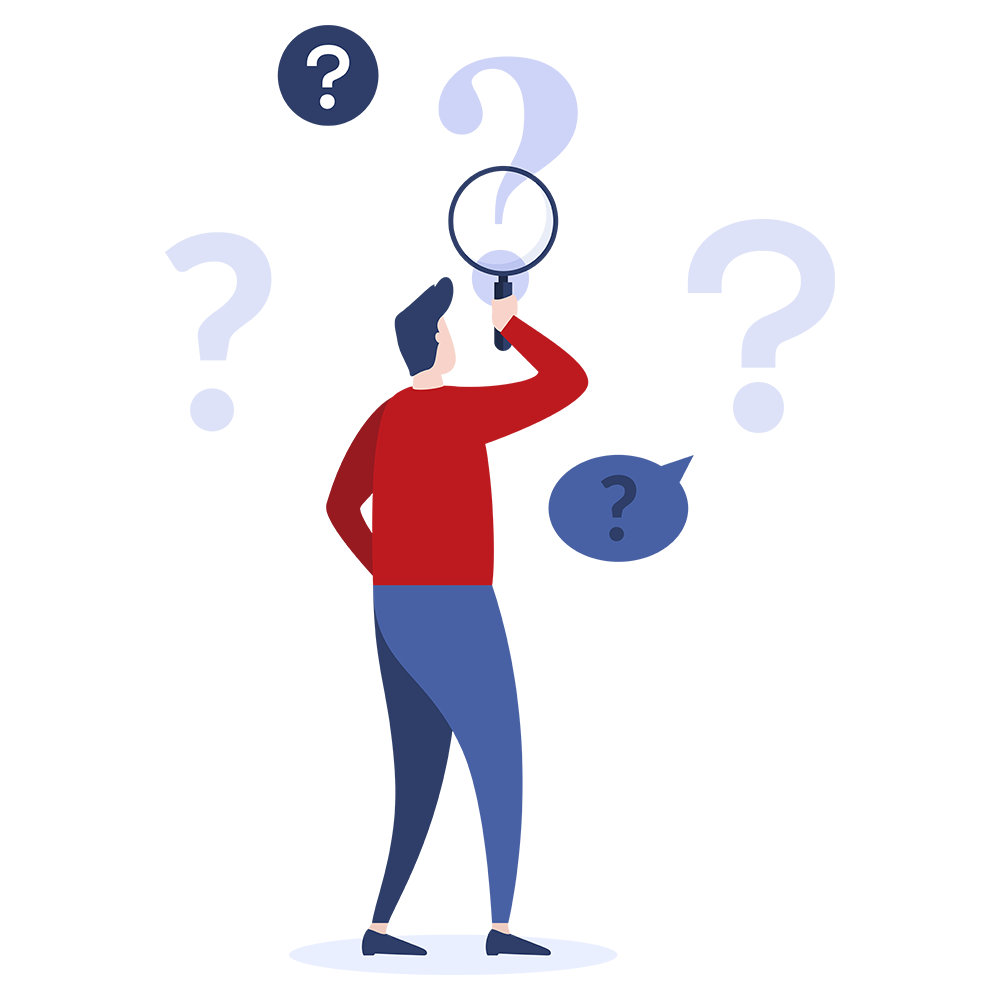What are the main uses of voice biometrics?
Voice biometrics is used in two main ways; for the purposes of authorisation and identification.The important use cases are:
a) to validate the identity of a person making an identity claim;
and b) to identify who an individual is.
The first case is proof of identity, and is synonymous with providing a PIN or password to authorise access to a service. Instead of providing their password, a user of the system gives a sample of their voice. That sample is then analysed and compared with a voiceprint registered to the genuine user. The use case is commonly referred to as speaker verification. We can say also that the user’s identity has been authenticated.
The other use case is to determine the identity of a person when e.g., they are claiming to be someone else or attempting to remain anonymous. By analysing a sample of speech and comparing that with all voiceprints in a database or hotlist, we can identify the individual. That’s why the use case is referred to as speaker identification. It is particularly useful for detecting and identifying known fraudsters, or for recognising repeat malicious callers.
